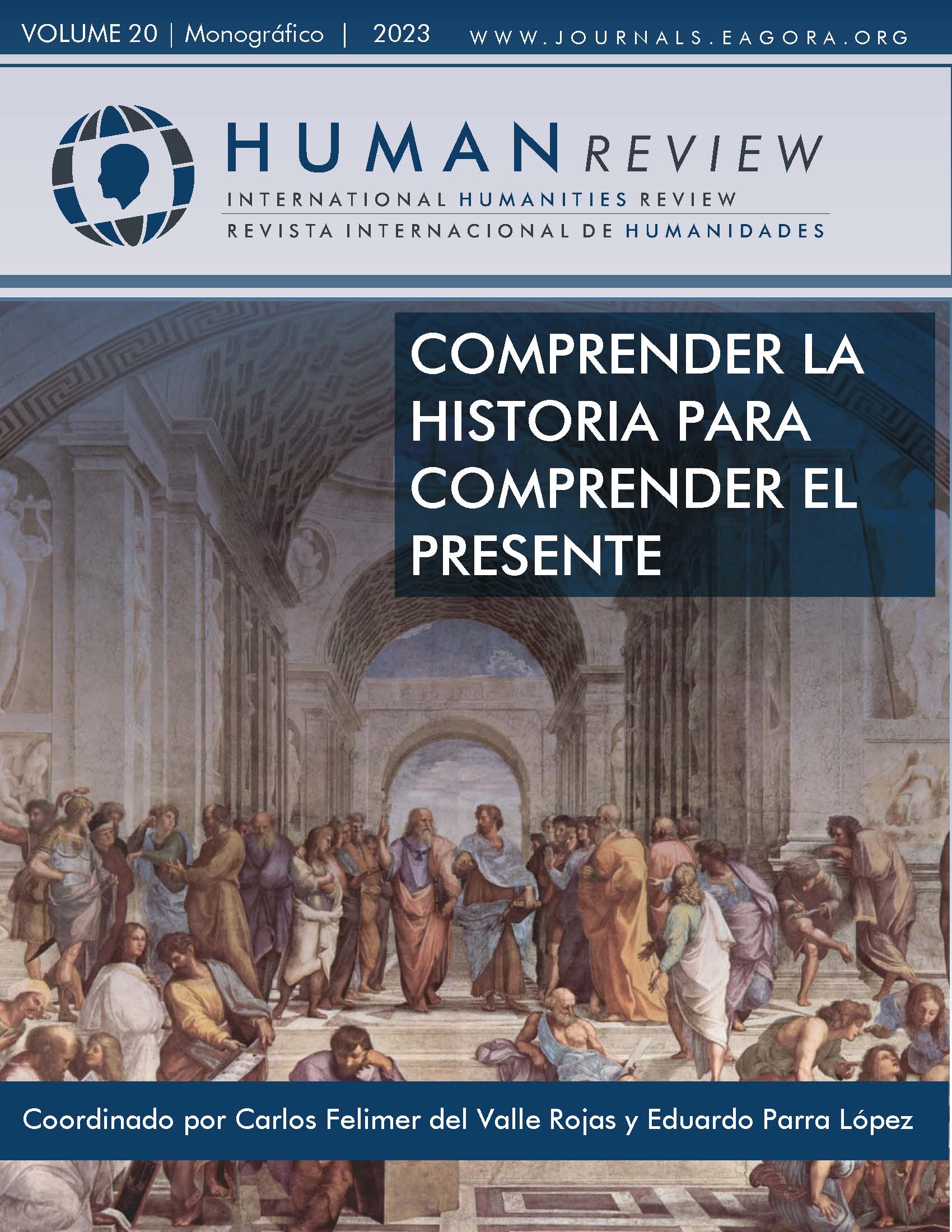The path of violence: Origins, development and outcome of the internal armed conflict in Peru, 1980-1992
DOI:
https://doi.org/10.37467/revhuman.v20.4945Keywords:
Peru, Political violence, PCP Sendero Luminoso, Terrorism, Internal armed conflictAbstract
After the years of political violence in the 1980s and early 1990s, Peru was involved in structural changes that allowed a national reconstruction of Peruvian society. During this period, the different migratory processes, changes in internal economic policy, political and educational reforms conditioned Peruvians and future generations under an urban model of development based on consumption, individuality and modernity. A model of political, educational and cultural development that does not include violence and memory as part of national identity and activities. This text proposes a critical look at the origins and consequences of political violence in our country, analyzing the relationship between the actors involved, the ideological projects and the struggle for human rights.
References
Comisión de la Verdad y Reconciliación (2008). Hatun Willakuy. Versión abreviada del Informe Final de la Comisión de la Verdad y Reconciliación Perú. Comisión de la Verdad y Reconciliación, PUCP, Defensoría del Pueblo.
Degregori, C. I. (2010). El surgimiento de sendero Luminoso: Ayacucho 1969-1979. Del movimiento de la gratuidad de la enseñanza al inicio de la lucha armada. IEP.
Degregori, C. I. (2011). Qué difícil es ser Dios. El Partido Comunista de Perú – Sendero Luminoso y el conflicto armado interno en Perú: 1980-1999. IEP.
Flores-Galindo, A. (1980). La agonía de Mariátegui: la polémica con la Komintern. DESCO.
Flores-Galindo, A. (2011). Buscando un Inca. Identidad y utopía en los Andes. El Comercio.
Portocarrero, G. (2012). Profetas del Odio: raíces culturales y liderazgo de Sendero Luminoso. PUCP.
Rendón, S. (2012). A Discrete Choice Approach to Estimating Armed Conflicts’ Casualties: Revisiting the Numbers of a ‘Truth Commission’. Stony Brook University. DOI: https://doi.org/10.2139/ssrn.2157969
Stern, S. (1999). Los senderos insólitos de Perú: guerra y sociedad, 1980-1995. IEP/UNSCH.
Tapia, C. (1997). Las fuerzas armadas y Sendero Luminoso. Dos estrategias y un final. IEP.
Downloads
Published
How to Cite
Issue
Section
License
Those authors who publish in this journal accept the following terms:
- Authors will keep the moral right of the work and they will transfer the commercial rights.
- After 1 year from publication, the work shall thereafter be open access online on our website, but will retain copyright.
- In the event that the authors wish to assign an Creative Commons (CC) license, they may request it by writing to publishing@eagora.org









